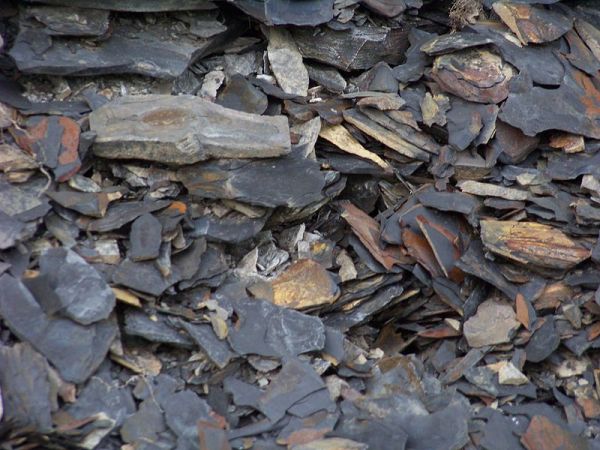
Expect More Floods as Global Water Cycle Speeds Up
One of the largest signs of global warming, along with the glaciers melting and temperature rising, is that there is 20 percent more freshwater flowing into the world’s oceans than there was 10 years ago.
NASA and university researchers have found, by using satellite observations, that rivers and melting ice sheets delivered 18 percent more water to the oceans in 2006 than 1994. To put that into perspective that is like adding a whole
Even though more water in rivers means more water for agriculture and daily uses, this increase has a lot more negatives than positives, considering a good deal of water is going to the arctics, tropics, and is collected into huge storms which destroy many countries’ buildings and architectures. And it’s only the beginning, because events like the deadly floods of
Why is the water cycle speeding up? Sandra Postel, the director of the Independent Global Water Policy Project, says “As the atmosphere warms from the addition of carbon dioxide and other greenhouse gases, it can hold more moisture. As a result, more water evaporates from the oceans, leading to thicker clouds that then dump more rainfall over the land. That heavier-than-normal rain can then produce massive flooding as it runs back toward the sea, where the cycle begins all over again.”
Scientists have expected this rapid cycle increases for some time, but for the first time they can use satellites to monitor this trend and are able to measure it.
Opinion: Like all of our other blogs, this topic is also very important and could potentially affect everyone’s life in some way. This fact specifically did not surprise me at all considering that you hear all the time about how the glaciers are melting and are adding a dangerous amount of water to the Earth. Unfortunately, this is one of those topics that is hard to blame one source for and is even harder to combat. But it also shows that since modern scientific research tells us that major floods and droughts are on the horizon, adapting to these changes is becoming just important as slowing them down.
1. Research one major contributor (other than millions of cars on the road) to global warming that is drastically increasing it.
2. How does this excess amount of water compare to the other topics about water shortage/scarcity?
3. What are two specific positives to this superfluous amount of water?
http://blogs.nationalgeographic.com/blogs/news/chiefeditor/2010/10/more-water-flooding-postel.html





